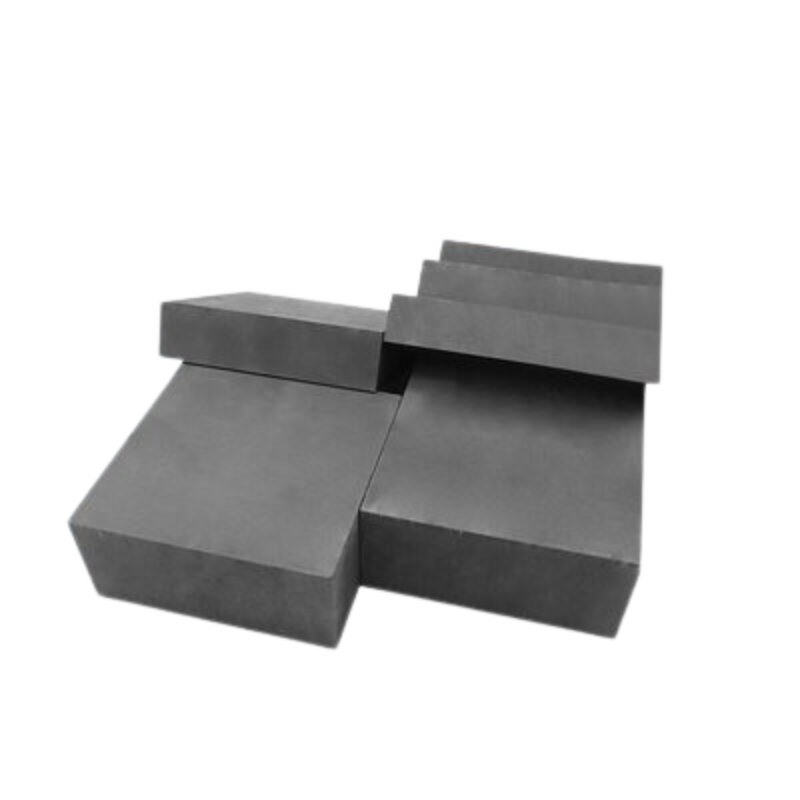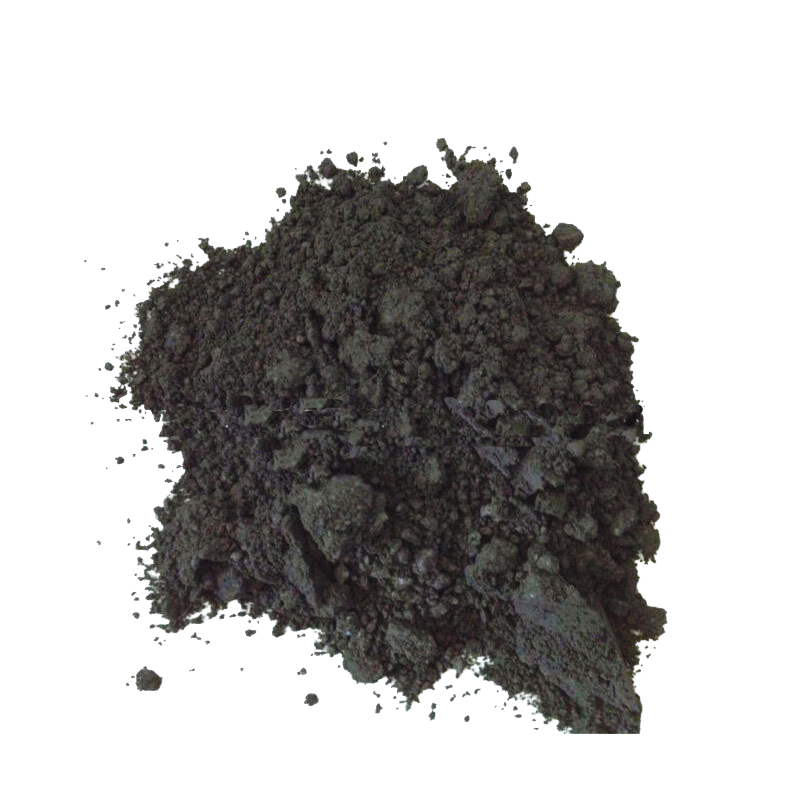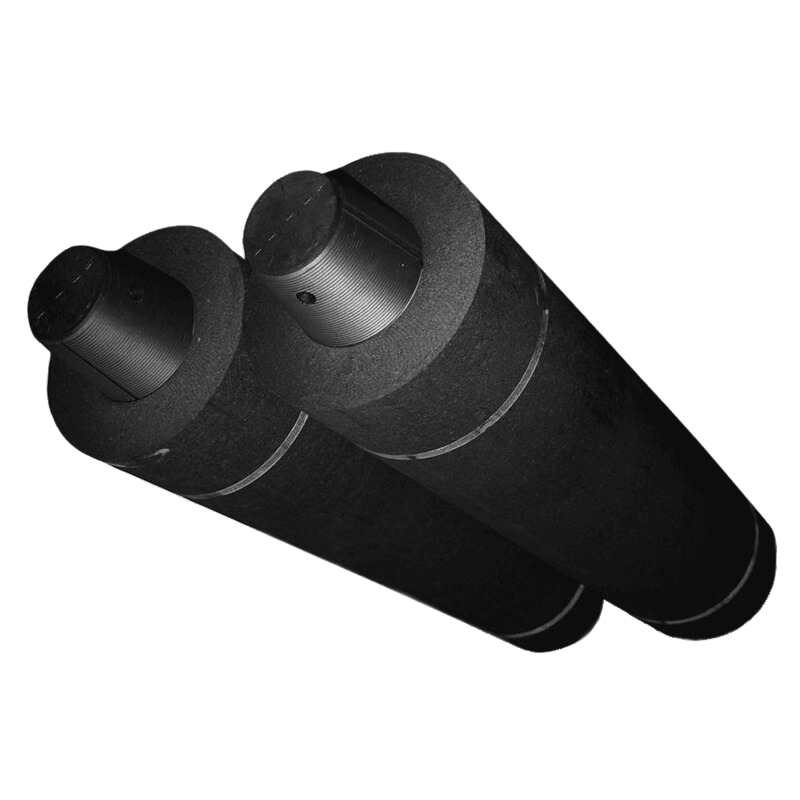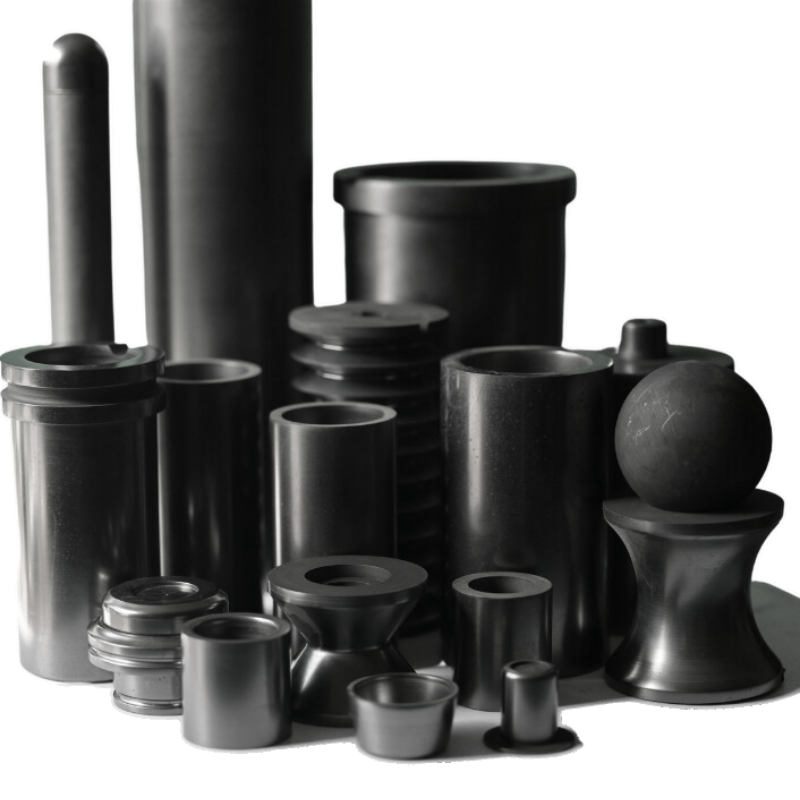Blockage in the pipes of a graphite heat exchanger can be a encountered issue during operation, and its causes can be diverse. Here are some of the main reasons that may lead to blockage in the pipes of a graphite heat exchanger:
1.Deposits and Impurities: Solid particles, precipitates, or other impurities present in the fluid may accumulate in the pipes, gradually forming blockages. These deposits can include suspended particles, sulfates, carbonates, etc., especially in high-temperature or high-pressure environments where these substances tend to deposit on the pipe walls.
2.Scaling: The presence of calcium, magnesium, iron, and other minerals in water can lead to scaling, forming hard deposits that can cause blockages in the graphite heat exchanger pipes. This issue is particularly common in areas with hard water.
3.Corrosion Products: Corrosion products in the medium may adhere to the inner walls of the pipes, gradually accumulating to form blockages. Especially in high-temperature environments where there is interaction between the pipe material and the medium, corrosion issues may arise.
4.Improper Design of Graphite Heat Exchanger: Poorly designed graphite heat exchangers may result in poor flow or dead spots in the pipes, encouraging the accumulation of deposits in these areas, ultimately leading to blockages.
5.Improper Operating Conditions: Inappropriate operating conditions, such as exceeding the designed limits for temperature, pressure, flow rate, etc., may cause abnormal changes in the medium within the pipes, leading to blockages.
6.Inadequate Material Selection: If the chosen materials for the graphite heat exchanger are unable to withstand specific components in the medium or are prone to corrosion under certain conditions, it may result in pipe blockage.
7.Environmental Factors: Impurities, particles, or other external substances entering the pipes of the graphite heat exchanger from the environment can also cause blockages.
To prevent and address the issue of blockage in graphite heat exchanger pipes, regular maintenance, cleaning, and adherence to proper operating conditions are crucial. When designing and selecting graphite heat exchangers, consideration of the nature of the medium and the implementation of preventive measures, such as using filters, regular inspections, and pipe cleaning, are essential.





